Creatives have used the exercise of borrowing for inspiration for millennia. So, it may come as no surprise that we do too. In fact, diving into our archive of digital PR examples is one of our first steps when brainstorming a campaign.
These are our favorite digital PR examples and also a list of excellently executed campaigns that play a key role in our team’s ideation process. (If you want to dive into full-blown digital PR strategy, we have that here.)
While we know there are hundreds and thousands of well-executed campaigns, in this collection, we’ve narrowed it down to a select few that generated valuable brand mentions and media buzz, but also met a few key criteria.
Why are we sharing these specific digital PR examples?
The Green Flag Digital team is constantly sharing and collecting digital PR examples. We have more than one Google Sheet or #slack-channel dedicated to the cause.
What makes a certain campaign catch our eye? There’s often not one straight shot answer.
What is helpful is knowing what we’ve seen work again and again.
So, here’s a shortlist of factors we use to vet our own digital PR campaign idea :
- Authoritative: The brand and campaign topic align to emphasize brand authority and values.
- The rule of 2+ topics: The campaign touches the cross-section between 2+ topics/themes. Bonus points for those which are either trending or evergreen.
- Timely: (Holiday-related, aligns with a hot topic in the current news cycle, etc.)
- Resourceful: Must have some visual component or resource.
- Data: Excellent data source (proprietary, unique partnership, survey results, etc.)
- Starstruck: Tapping into a nationally or globally recognized name (think Elon Musk, Spotify, Mario, Kardashian, etc.)
- The cherry on top: A little something exceptional, stand-out, or unique.
We matched up those criteria with some of our favorite campaigns and found definitive overlap.
All of the examples collected here meet at least two of the criteria listed above, and often more.
Two quick definitions and then we’re off to the races:
What is a digital PR campaign?
A digital PR campaign is the combination of components: the idea, the research, the overall story, the text content, visual content, data analysis, campaign planning, campaign execution plan, media targets, media plan, and media outreach. The way the industry usually talks about it, there will often be about 1-4 campaigns that are run every month or every quarter.
Strictly speaking, a seasoned marketer may say that the campaign is the series of individual content pieces paired with outreach that roll up into a higher level initiative, so those are two different ways of speaking about it. We use the former, and most in the industry do as well.
In addition, a digital PR campaign should fit into a larger marketing campaign for the ultimate effectiveness. If you’re in charge of the Barbie or Oppenheimer movie launch, you’ll have a general marketing strategy, and then under that 1-3+ campaigns that support that strategy, depending on audience, channel, the 4p’s (or 7p’s) and other factors.
What are digital PR frameworks?
Frameworks in digital PR is very similar to their usage in many marketing fields – a trusted, reusable method for getting some level of consistency and reliability in landing coverage. It’s hard enough keeping up with ever-changing topics and trends that move at the speed of news, and leverage frameworks helps bring order to the mix. Despite using frameworks as a jumping off point, every campaign tends to be pretty unique as we combine the client’s industry, their specific viewpoint, expertise and our unique design and fresh data we find for the campaign.
8 Winning Frameworks
We’ve divided this list into categories based on proven frameworks:
- City & Geographic Studies
- Maps
- Surveys
- Dream Job Campaigns
- Studies & Analysis
- Interactives
- Visual Experiments
- Seasonal Campaigns
Some we employ more than others, but all are solid structures to follow for coverage-earning digital PR campaigns.
City & Geographic Studies: Optimal for landing local coverage
City study campaigns are a tried and true and well-tested format for creating campaigns that get both national and local coverage. They can be paired with a wide range of topics – from very serious ones to very silly ones. They align perfectly if the company commissioning the campaign has a business tied to places and geography. Real estate, personal finance, and travel companies are a great fit for these. Local news stations love to cover these because they are a chance to discuss what their city excels (or fails) at. Here are some standout examples.
1. Will These be the Most Populated U.S. Cities in 2100?
moveBuddha (created by Green Flag Digital)
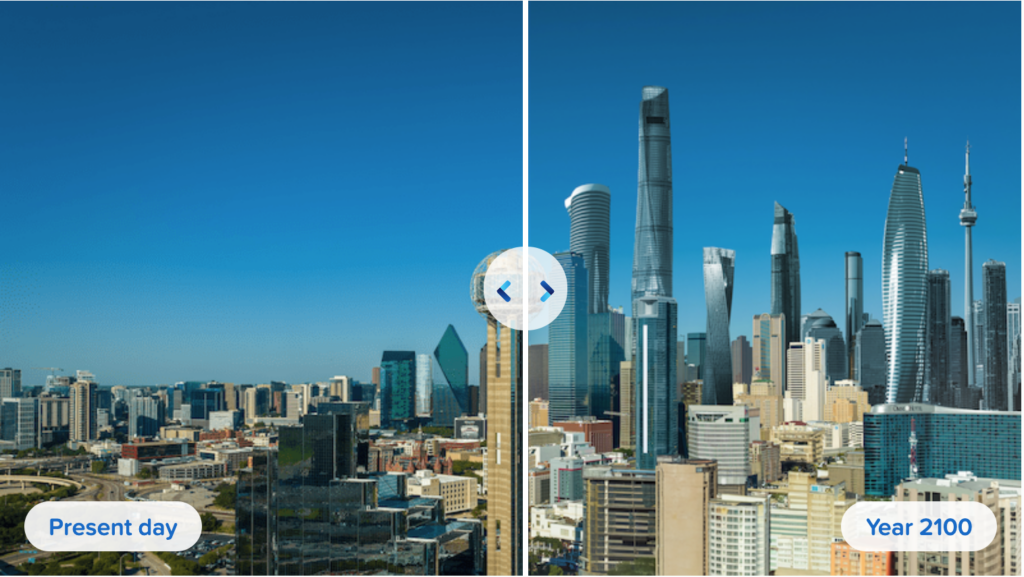
What will the largest cities in 2100 be? Will they look anything like today? We worked with moveBuddha to answer this question and the results were shocking: Dallas is predicted to be the largest city in 2100 with over 30 million people. This lines up with the aggressive approach by Texas leaders to court California businesses and the cowboy approach to letting everyone build, build, build without restraint. This campaign was a combination of data and conceptual visuals. The results: top tier placements on the likes of Houston Chronicle, NBC Austin, ABC Dallas, and many more. What’s more: currently the #3 ranking for “cities in 2100“.
How we did it: Get this – we set out to generate these future images with Midjourney, but it was impossible. Midjourney is great for more generalized conceptions, but couldn’t work with the exact futuristic details we were looking for, and couldn’t align things with our starting photos. So we found an awesome conceptual photo manipulation artist to help us bring these to life. Painstakingly slow, but the results were amazing.
2. Best- & Worst-Run Cities in America
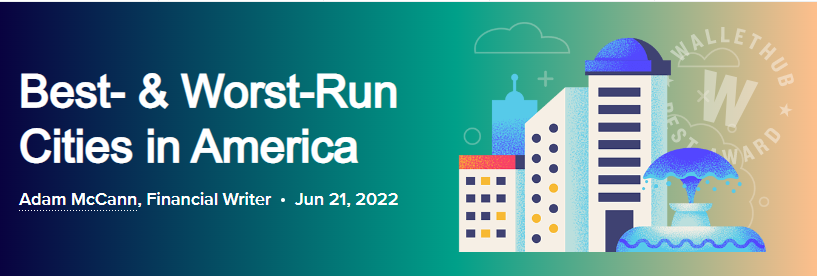
The Wallethub content team produces U.S. city and state rankings which capture the media’s attention over and over again, and ours too. In this example, 2022’s Best- & Worst-Run Cities in America, they take a complex topic and break it down into a (seemingly) simple equation: “the quality of services residents receive” vs. “city’s total budget.” Local coverage dominates when it comes to this city ranking model, with coverage by big names like SFGATE and even hyper-local sites like St. Petersburg, Florida’s I Love the Burg.
3. Best BBQ Cities in America
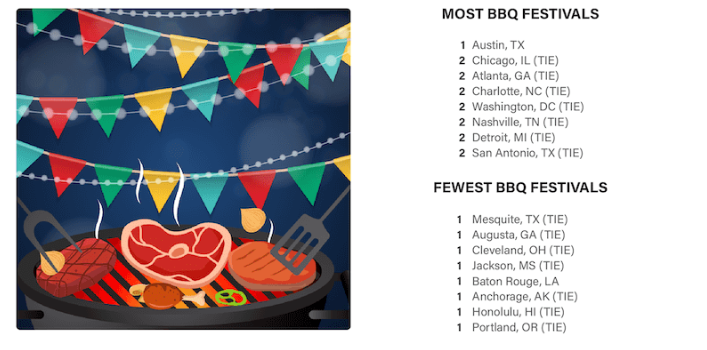
From the most well-known holidays to the more obscure (World Naked Gardening Day anyone?), the Lawnstarter team cooks up clever and timely holiday-themed campaigns to score major coverage. For instance, this BBQ-themed piece was released right in time for July 4th. Coverage ranged from local news to iconic foodie sites like Eat This, Not That! to dad-focused Fatherly.com.
4. 26 Places Where It’s No Longer Affordable to Buy a Home
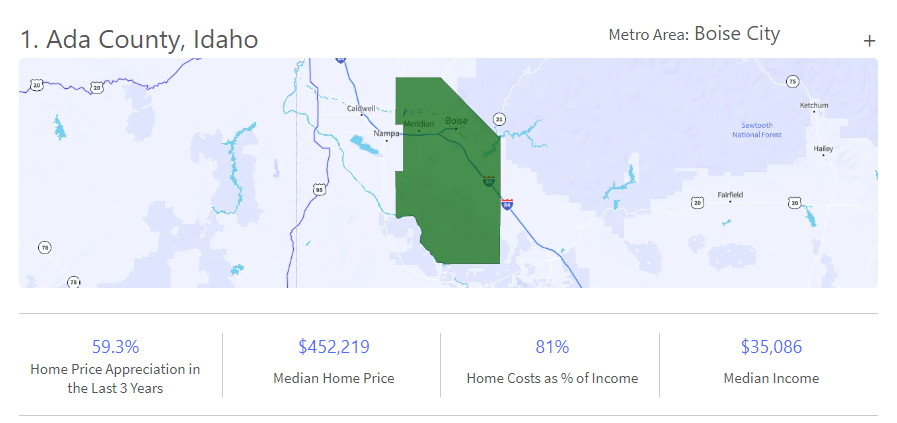
Personal finance site MoneyGeek breaks down which counties in America are most unaffordable for locals in this campaign. “Unaffordable” is a key player in this campaign and helps the analysis stand out in a sea of stories related to mortgage, finance, housing, etc.
Maps: Pretty and effective, pretty effective
These visual campaigns are especially popular in the travel sector, but we’ve seen them successfully used for a wide range of topics, including finance, food/drink, popular culture, marketing, and more. The key is in the design. Keep it simple and to the point, and make sure that the data is easy to read. When drawn up just right, these map campaigns have the potential to be featured on national outlets or very targeted industry outlets.
5. Around the world in perfect weather: A 52-week dream trip
Reservations (created by Green Flag Digital)
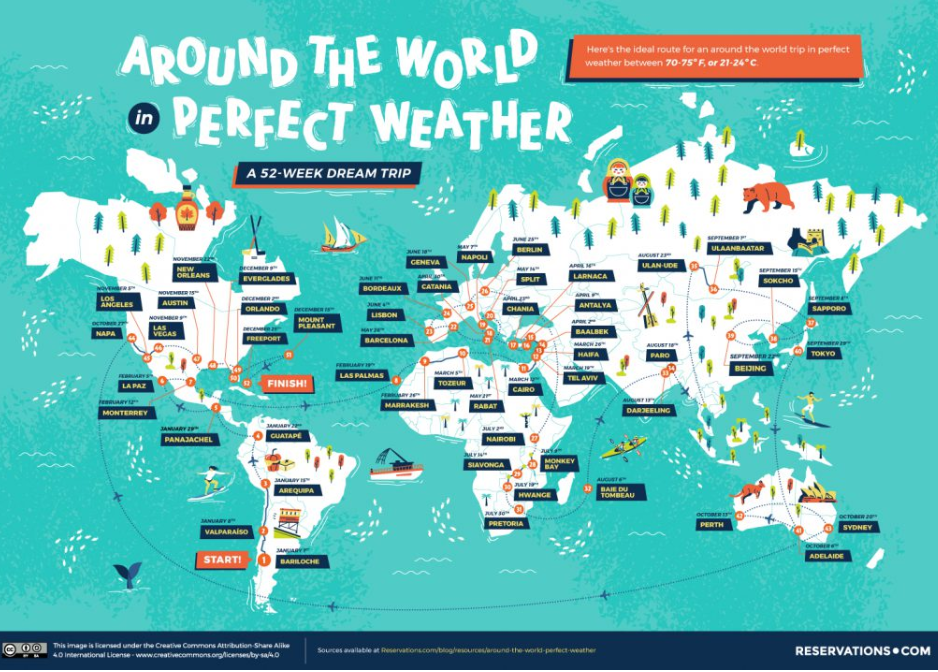
This map provides the perfect weather itinerary for anyone looking to spend a year traversing the globe. Stunning visuals and a budget breakdown meant travel sites like Lonely Planet and Matador Network were eager to share the findings, and even MarketWatch gave a shout.
How we did it: Our team combed through reams of weather data from Accuweather and crunched the numbers based on time of year, location, proximity to previous and next location, and a few other factors. Sure you could figure this out with AI, ML and APIs, but we did it the old fashioned way. This was a doozy and is one of our most premium campaigns ever created, as well as one of our most successful.
6. The most hated brands in every country
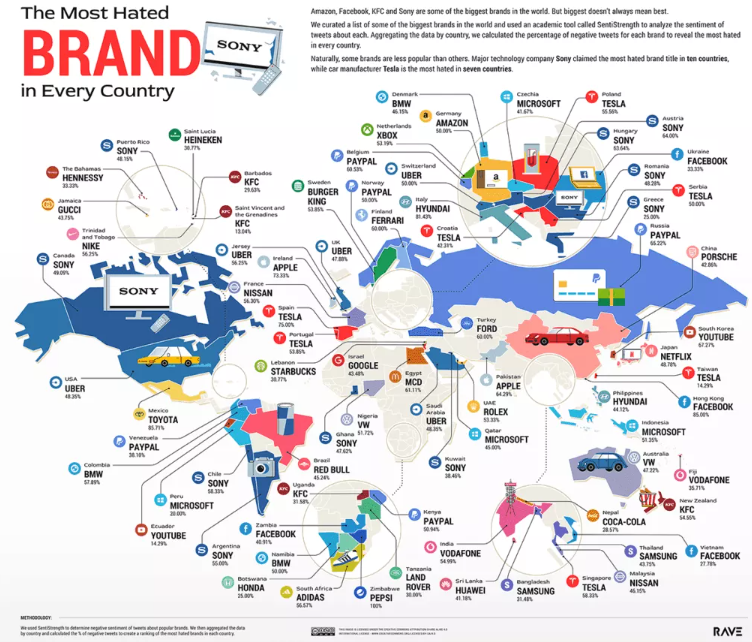
Every single name featured on this map is one you will (likely) recognize — a major win for sharability. Media placements were literally all over the map, from Fast Company to global coverage, including Germany-based Chip and Colombian Portafolio.
7. The Cosmetify Index
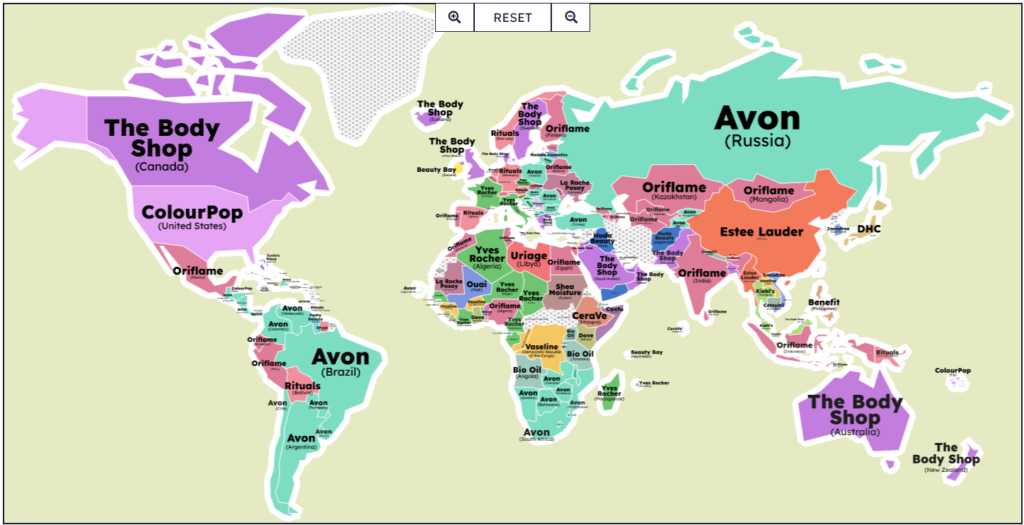
This end-of-year report uses a lovely map to illustrate the year’s most popular beauty brands worldwide. Color-coded to highlight the top brands, the map is a hit with beauty sites across the globe, including mariefrance.fr and Elle Poland.
8. The most Googled artist in every country in the world
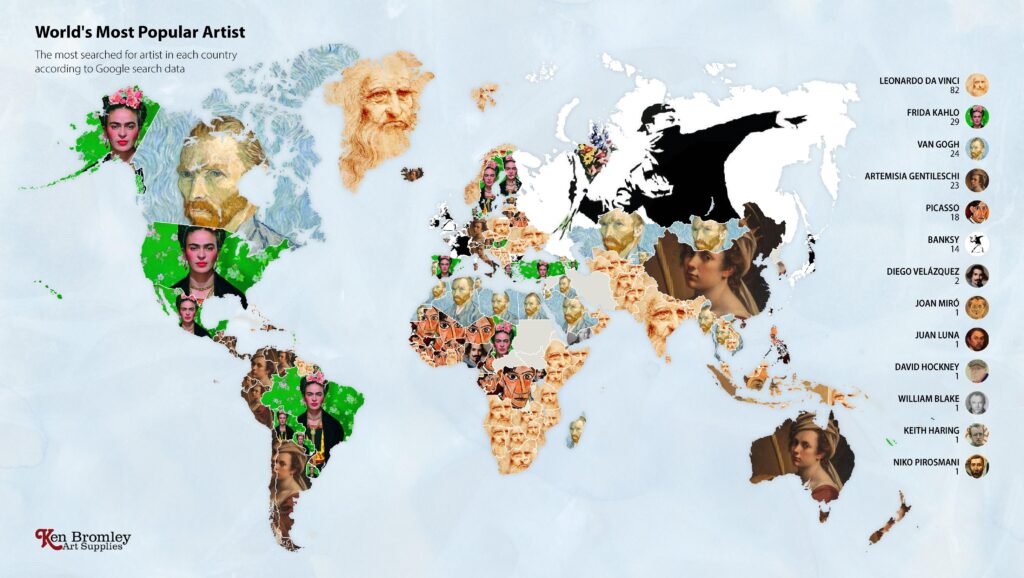
This no-frills map of the most Googled artist in every country was especially a hit with art-centric outlets like CreativeBloq, designboom, and DesignTaxi.
Surveys: Targeted insights that resonate with wide audiences
Polling samples of a population to glean insights is a powerful link-building tool. Whether you have the ability to poll a sample set of your own site users or employ a survey tool (like Google Surveys), the important thing is to shine a light on a specific topic or issue. Responses can also often be sorted by demographic factors (like age and gender) to provide more granular detail and reveal a more interesting story.
9. College Students Overestimate Starting Salary by $50,000
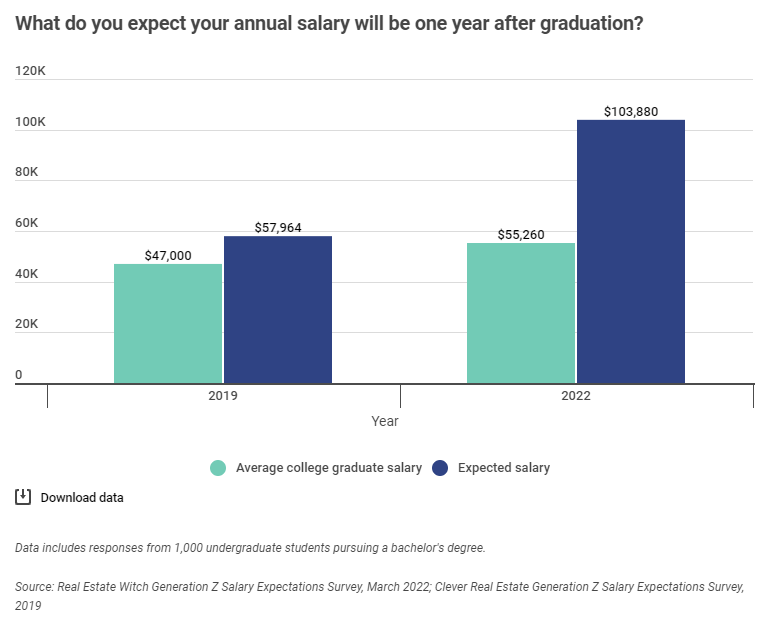
Interactive bar charts help break down the results of this salary survey from Real Estate Witch. The title caught my attention and the attention of major outlets such as The Balance, Fortune, and Business Insider.
10. Houzz & Home Study: Renovation Trends
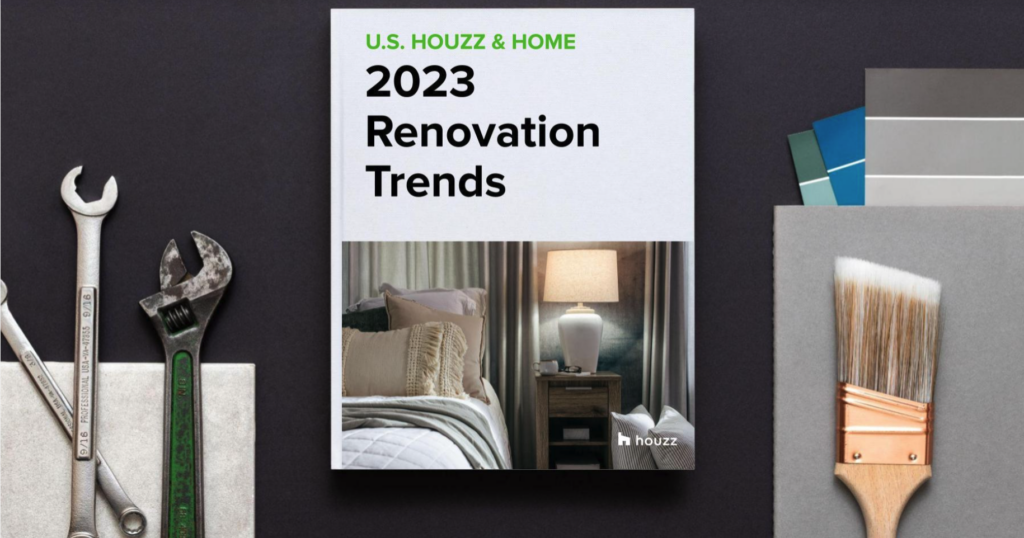
Surveying a massive 46k+ users, the extensive results of this Houzz survey resulted in multiple pieces of content exploring home renovation trends today. Houzz aggregates home service providers for every day consumers, and also offers management software tools for construction and other trades – they practically own the market. The New York Times, Apartment Therapy, and Pure Wow are just a shortlist of the many national outlets that covered the 2022 report, and the newly released 2023 report is off to the races as well.
11. Triggered: What is Zoom Anxiety, and what can we do about it?
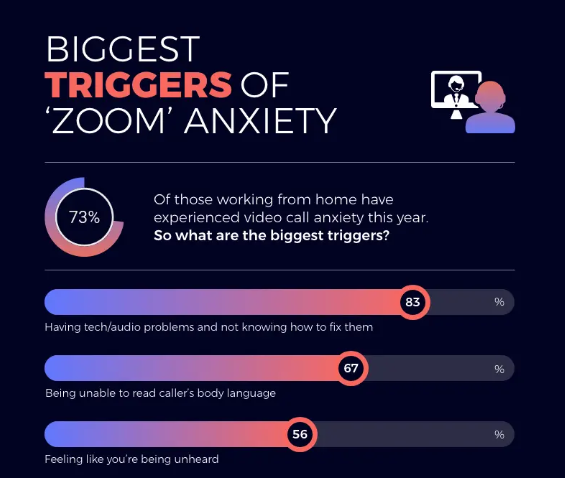
Back in 2020 the use of Zoom and anxiety levels were both running high. This survey taps into the emotional cross-section of the two in a very simple survey. TechRadar, Thrive Global, and Healthline all cited the findings.
Dream Job Campaigns: Old trick, new links
Some find this old campaign format tired and overused, others realize that it’s simply one that just works. When done just right, employing the dream job format is a fun way to engage potential customers (and they may earn some cash along the way) plus, it’s a great way to splash your brand name across major media, get socials talking, and (ever important) earn valuable links.
12. Become our official spa-ologist and professional hot-tubber this summer
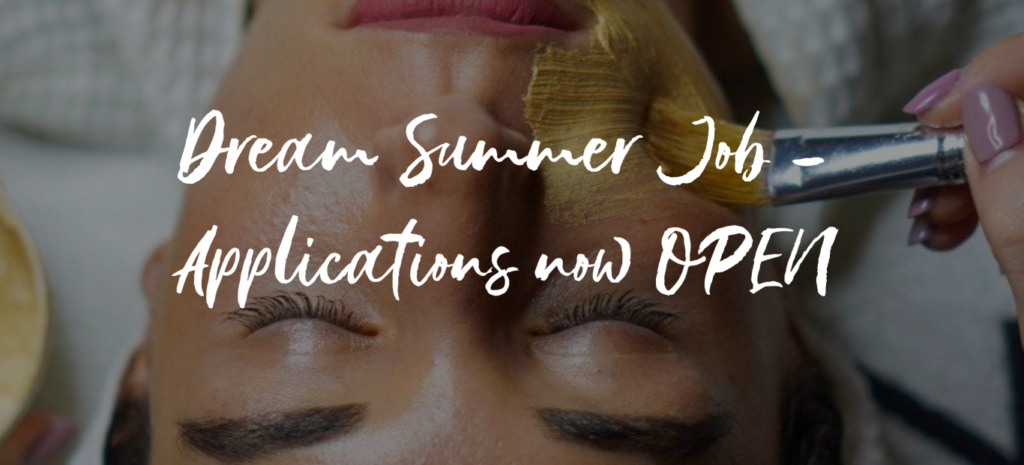
This dream job will pay a lucky winner to soak in hot tubs and indulge in luxury spa treatments. To apply, applicants are invited to share a post via socials. Not only did the campaign earn solid coverage from major outlets like Business Insider and Fox News, it generated a buzz across socials — a two-in-one win for brand awareness.
13. Chief Taco Officer Dream Job
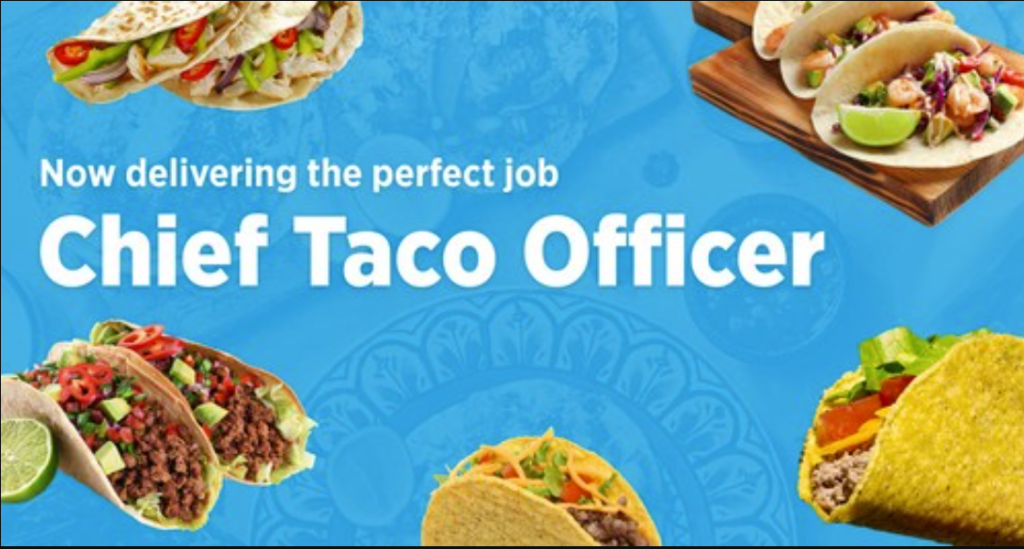
$10K to taste Texas tacos all summer? This dream job pays for those who can take the heat. The campaign ran wild because, well, I think because… tacos! However, a social media factor calling applicants to leave a video certainly helped. Local coverage, national coverage, food-industry specific coverage, and more cumulated in over 100 DR 50+ linkage.
14. Boardwalk is looking for a Social Media Content Creator
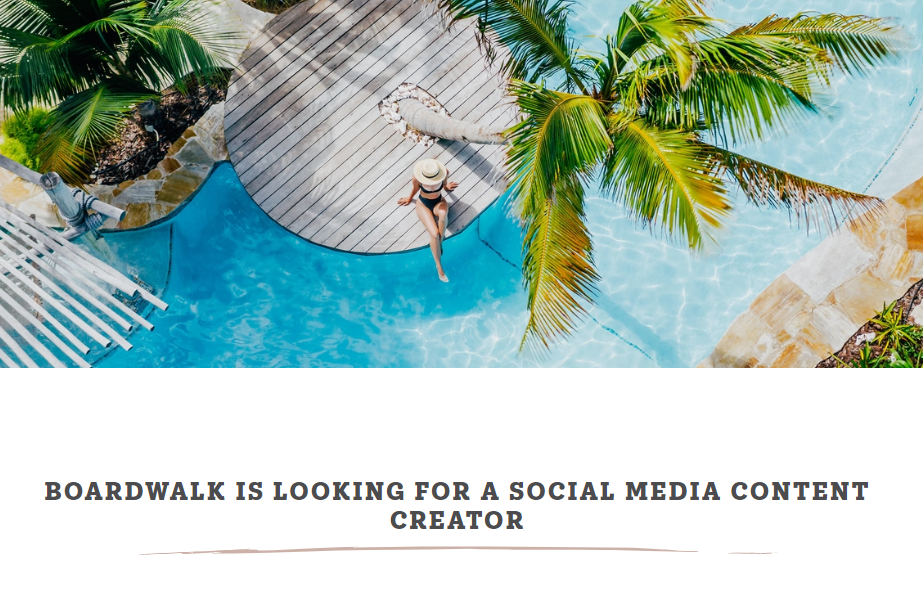
One month, all expenses paid stay at boutique hotel Boardwalk Aruba for a qualified Social Media Content Creator is the job. In other words, it’s an all-expenses paid vacation to take selfies and sunbathe. Coverage for the brand landed at Time Out and Narcity and international travel sites like Viaggi News and Travelo.hu.
Studies & Analysis: Turning data into shareable stories
With the internet and technology, the ability to get our hands on large public datasets, scrape websites for specific details, or even conduct a social study is more feasible than ever. This is a gold mine of opportunity for digital PR folks. There are thousands of opportunities to pull together data and uncover really unique insights about, well, almost anything.
15. Driven to Distraction: What are the most distracting driving songs?
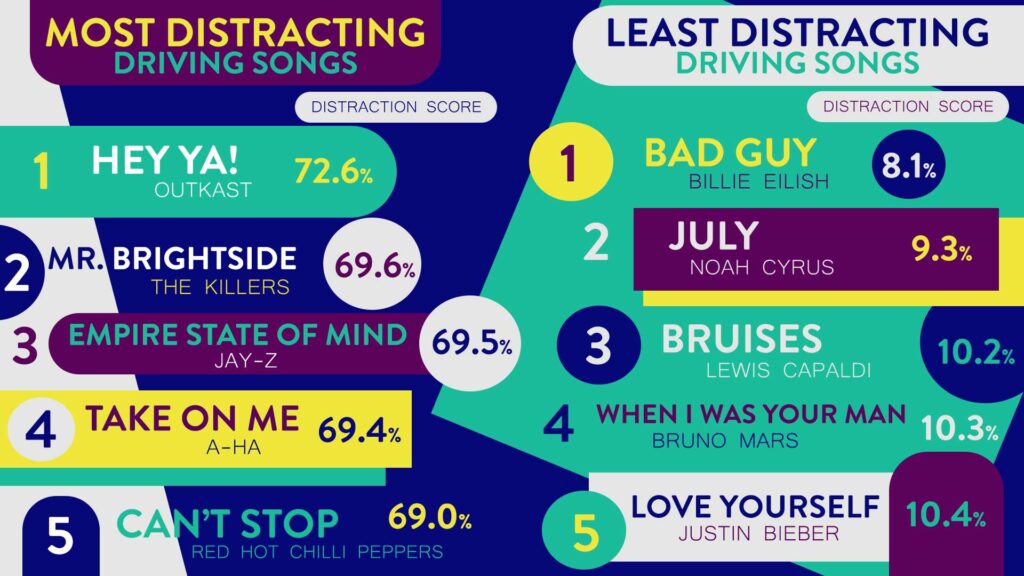
Radio stations loved sharing the news about the most and least distracting driving songs. From iHeart radio to PlayerFM, the coverage for this campaign was probably distracting drivers tuning in. Simply diving into Spotify playlists, devising a score for “distractability,” and publishing the findings culminated in a winning campaign. Bonus: There’s a playlist too.
16. Branded in Memory
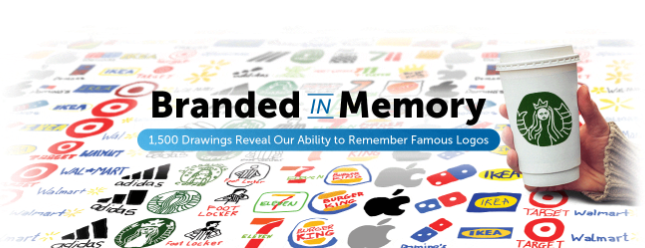
Can you remember how to draw the Starbucks logo? What about Apple? (Should be easier, right?) This compelling campaign dives deep into how deeply a brands leave an imprint. Coverage was prolific, from niche-specific coverage to lifestyle news, both national and global news covered the findings.
17. The Most Popular Thanksgiving Side in Every State
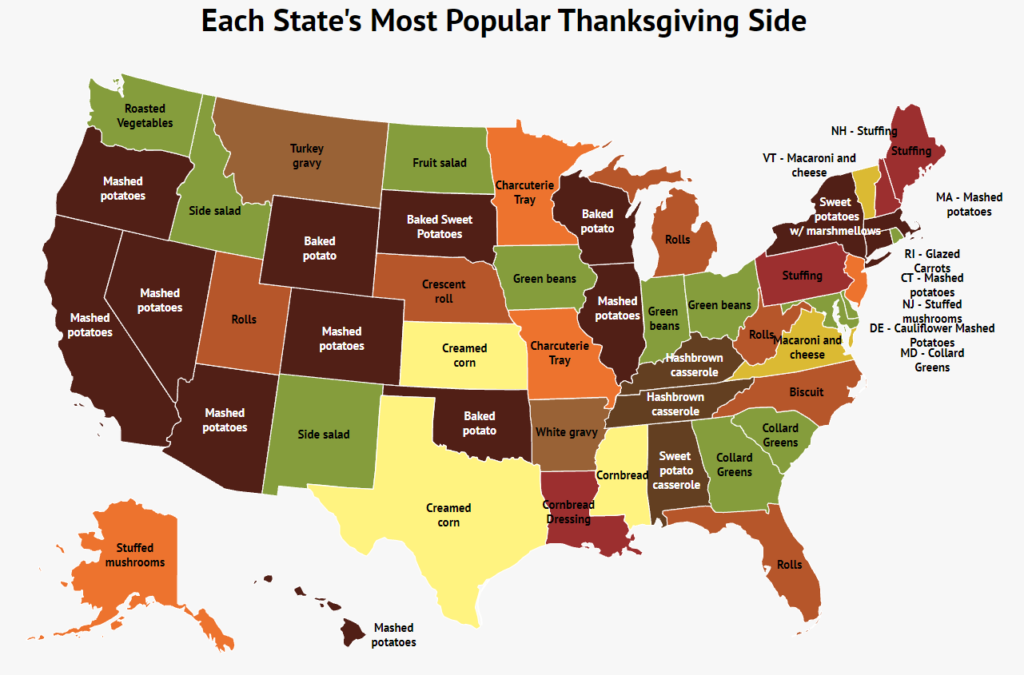
Zippia hits up Google Trends data at the timeliest moments to score major coverage with fun, even funny, and lighthearted topics. This Thanksgiving-inspired campaign made headlines on major sites like Thrillist and The Takeout too.
Interactives: Games, calculators, and everything in(teractive) between
Want to really engage your audience? With more digitally savvy consumers, creating a clickable, customizable, maybe gamified, and interactive campaign is much more fun than the standard static. Make it a truly useful or insightful tool, and expect the links to pour in.
18. How Old are Your Reactions? [Game]
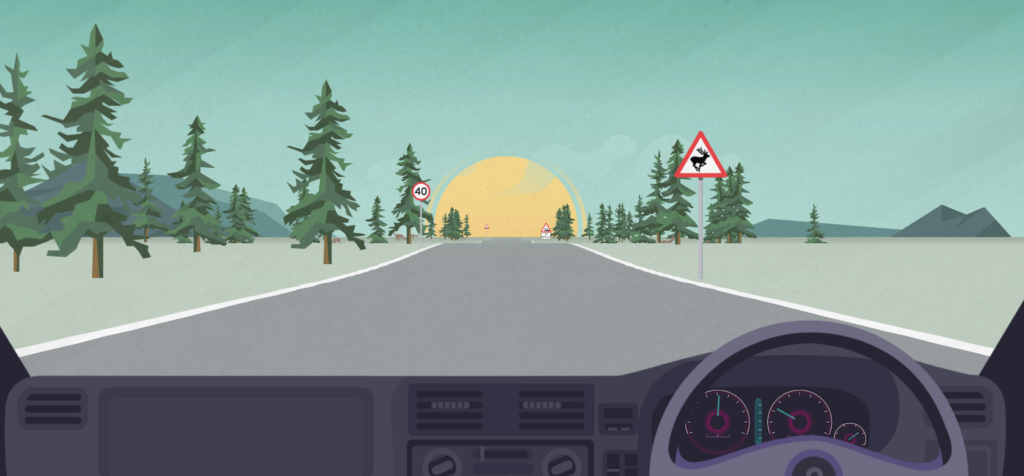
From parking app Just Park, this interactive short game tests your reaction times and provides an age that correlates. Coverage was extensive, from IFL Science to CarProUSA and various sites in over 20 other languages.
19. Your summer trip calculator [Calculator]
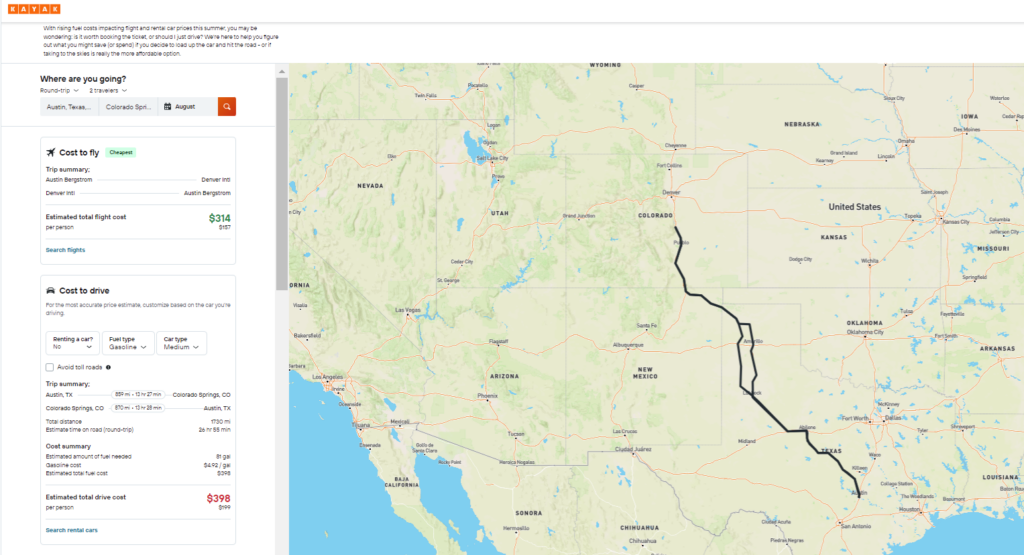
Rising fuel costs are making travel more complicated, so travel site Kayak decided to help. This calculator makes it easy to see whether flying or driving is the more affordable option. The Daily Hive, Travel Off Path and Toronto-based BlogTO have all shared the news about this handy tool.
Visual Experiments: Risky business, worth the risk
We needed a place to collect some really fun campaigns that didn’t exactly fit the typical framework.
One thing all of these campaigns have in common: a super shareable out-of-the-box and even unexpected visual component. The key to making this type of risk-taking visual campaign work is by aligning the topic very close to the brand to tap into that authoritative power.
20. If Wes Anderson Designed the Interiors of The Simpsons
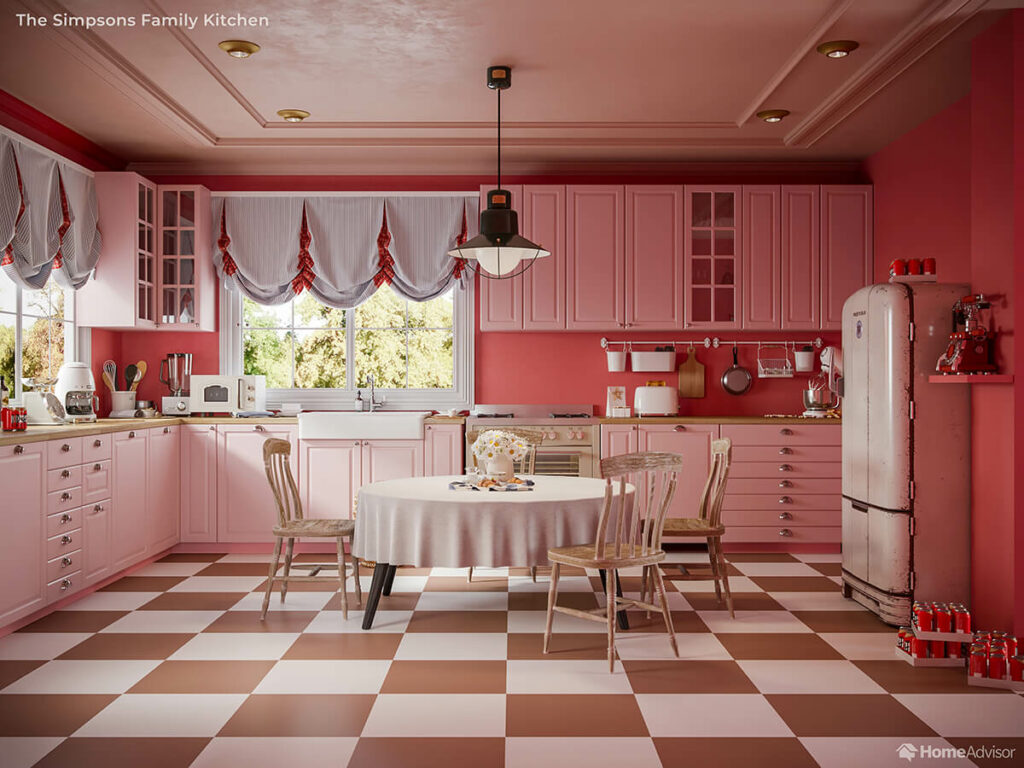
Super stylized cinematic vibes meet some of the most familiar TV “sets from The Simpsons. This artsy-fartsy campaign is just so extra. Naturally, it was also a huge hit with art, architecture, and design-focused outlets.
Smash together two incredibly iconic names, and voila, you may just yourself a campaign.
21. Coca-Cola Year 3000 Generative AI Campaign
Coca‑Cola® Creations Imagines Year 3000

Hey, Coca-Cola wants to do generative AI too! Not surprisingly, what I’ve found in the world of marketing is that the oldest and “simplest” product brands like drinks, food, soap, and insurance, often do the most creative campaigns. They’re going after pretty much every consumer that exists, in different segments, and want to keep top of mind and relevant.
In this experience, you scan the QR code on your phone, take a picture of something and the app will imagine that image in the future. Have to say it’s a pretty good experience in that you can take a photo right a way and generate a new one. The results are decent – wouldn’t say as good as the best of Midjourney – but pretty good for their execution.
Seasonal & Holiday Campaigns: Halloween, Christmas, New Years and More
People love holiday and seasonal campaigns. Therefore journalists love these campaigns as they seek to quench the undying thirst for more entertainment from social-media spoiled citizens at an every-increasing rate.
These campaigns can be a bit hit or miss. You want to execute on the creative far enough in advance for approvals, and be able to launch at just the right moment, while hoping not to be swooped by competitors or your friendly journalist friends. My advice: evergreen campaigns that involve multiple holiday or seasonal elements throughout the year that you can rotate are great. You can also refresh successful campaigns on an annual basis and do well a bit more every time.
22. The Most Haunted States in the U.S.
moveBuddha (created by Green Flag Digital)

There’s a certain segment of your friends and family members secretly lurking under the covers scaring the sheets out of themselves with horror stories. These are a passionate bunch that will devour anything related to Halloween and the netherworld. This campaign sourced data from graveyards, historic homes, old towns and more to create a proprietary ranking of the most haunted states in the U.S. The results will scare you…
2023 update note: We just refreshed and updated this post in October 2023, one year and change after initial publication, with some new and swapped out examples, and expanded some definitions for clarity and to reflect our current approaches.



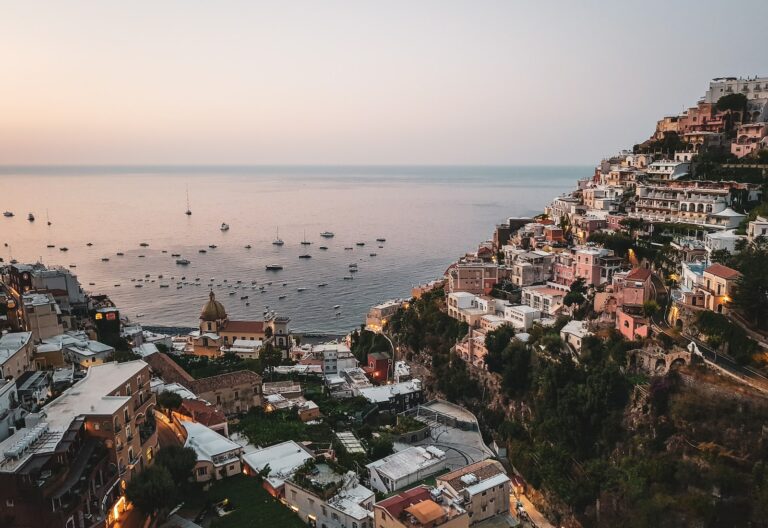
Leave a Reply